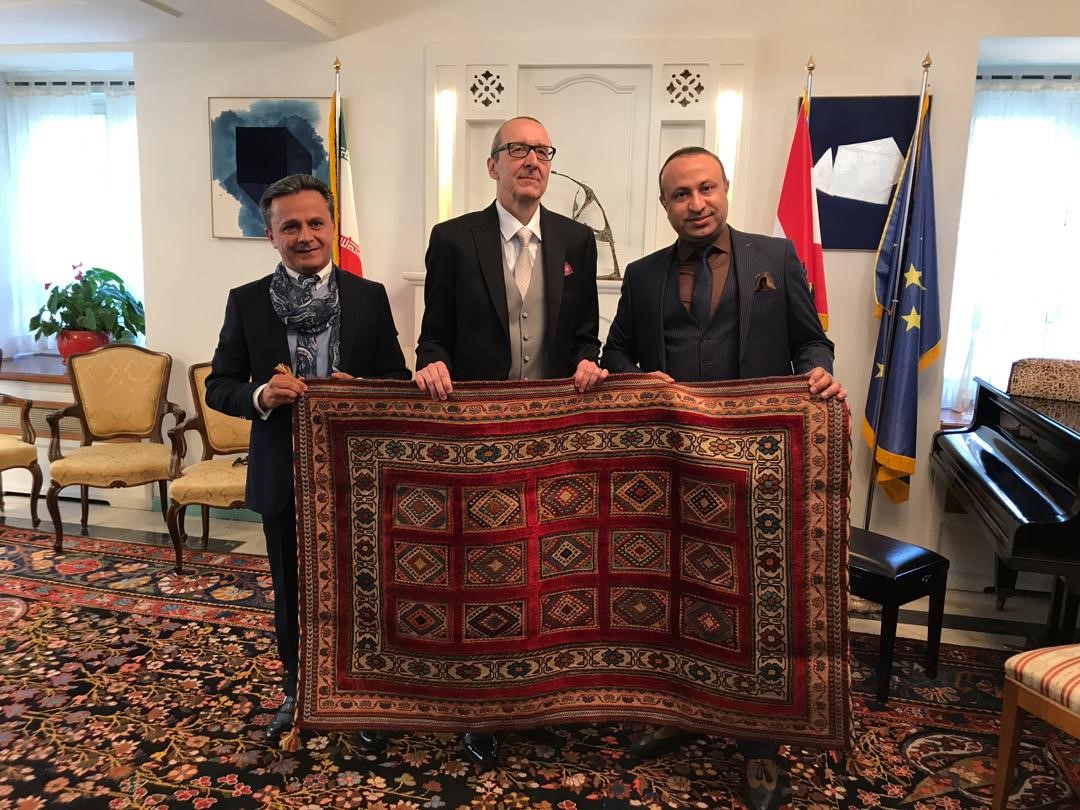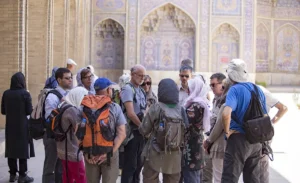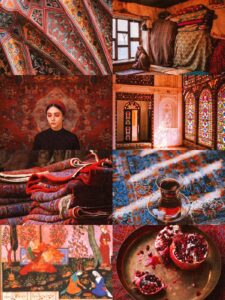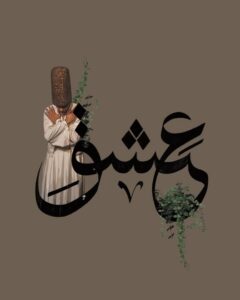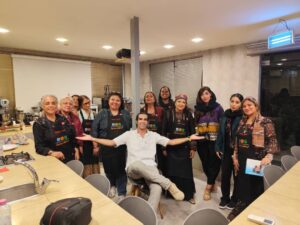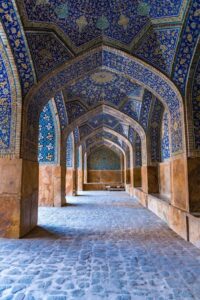Iran-Austria Relations
Since about 160 years ago, Iran and Austria have had a real, low-tension relationship. The most important event between these two countries was Austria hosting for Iran’s Nuclear negotiations, which ultimately led to a final agreement on the Iran nuclear program.
Iran and Austria’s diplomatic relations date back to Safavid era, particularly Shah Tahmasb reign in 1552 AD. After the establishment of the Austrian Academy of Oriental Studies, some of the graduates of this center traveled to the Middle East, especially Iran, and began publishing Iranian literature and poetry in the European gathering. Among these graduates, Joseph von Hammer Purgstall was the first who translated “Hafez Divan” into German. Goethe later considered this translation.
These relations continued during the Qajar era, and due to the pretext of establishing the Academy of Sciences, entered a new stage. At that time, Amir Kabir’s invitation of the Austrian academic professors in the fields of mining and medicine made the two countries closer. In the following years, during the two visits of Nasereddin Shah of Austria, several bilateral agreements were concluded. The main achievements were the conversion of “Chaparkhaneh” old post office, into a coherent post office, the formation of the police force in Tehran, the construction of a telephone company, etc.
After the victory of the Iranian Revolution, although most European countries had cut their diplomatic relations with Iran, Austria continued the bilateral ties. After the revolution, the first Iranian foreign minister’s trip to a Western country was to Austria. During the Iran-Iraq war, Austria also proved its friendship by accepting the Iranian casualties of Iraqi chemical attacks.
After the revolution, scholarship and free students were dispatched to Austria, and every year more than 1,000 students are enrolled in various universities.
Interactions, communications, and cultural, scientific and academic cooperation are the most prominent relations between Iran and Austria. In other words, one of the main characteristics of the relationships between these two countries is its cultural nature. In this sense, culture is one of the most ancient origins of the Iranian and Austrian associations and has also influenced the political and economic aspects of these relations.
The ancient background of the literary texts and the peoples of both countries’ acquaintance with the cultural, literary and artistic heritage of each other and studies of ancient Iranian traditions in some Austrian prestigious universities and scientific and research centers have had a significant role in the continuation of dynamic interactions and cultural cooperation between these two countries.
Austria was one of the few European countries that refused to adhere to international sanctions imposed on Iran and continued its bilateral trade relationship.
Following the Vienna nuclear deal, The Honorable Heinz Fischer, President of Austria, was the first high-ranking member of the European Union who traveled to Iran.
Our company has also taken practical steps to consolidate these relations. Participation in the Vienna International Tourism Fair, Visiting Modul University Vienna and having several meetings with the managers of this university to exchange professors and students, and knowledge and technology transfers, especially in the field of tourism, was valuable actions that our company has taken to strengthen the knowledge-based tourism relations between the two countries.
Recently to further strengthen this valuable relationship, we had business breakfast hosted by The Austrian Ambassador to Iran in his place, and meanwhile, we received helpful guidance regarding the development of tourism relations.
As Australians are nice people who like Art, especially architecture and music and they are eager to experience local life, the destinations and highlights of this tour are arranged to satisfy them.

